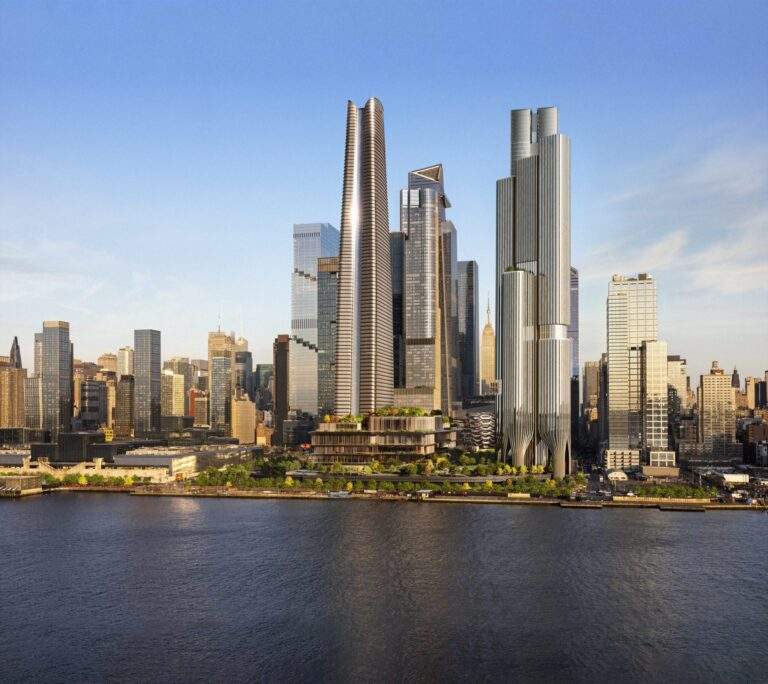Sustainable architecture: the environmentally friendly concept
A recent discipline, born a few years ago, sustainable architecture responds to the contemporary issues of global warming and pollution. What is sustainable architecture? Is it really good for the planet? How can I also implement this project? Zoom on this green concept at the time of the climate emergency.
A green awareness that is spreading to the building industry
At the turn of the century, the world became aware of the impact of human activity on the planet. Over the years, the French are gradually changing their lifestyle to be more environmentally friendly. And housing is no exception to the rule, as evidenced by the phenomenon of tiny houses or ecological architecture.
Born in the 60’s, the concept of eco-construction has only been gaining success in the last ten years. The objective? Limit the negative impact of the building on the planet. To achieve this, various techniques exist, both during the design and construction of the house, which require specific skills. If you also want to get started, entrust your project to a professional and estimate the cost of an architect. They will know better how to combine design, comfort and environmental protection.
The levers of ecological architecture
An eco-construction requires to take into account many parameters, from its design to its manufacture, through the choice of orientation of the building and materials. All the details count in order to adapt the architectural project to its environment and limit energy expenses.
Energy management
This notion has been gradually settling in households for several years now and eco-construction is strongly encouraged by the government. To produce energy in a green way, photovoltaic panels have been developed for example. There are many other alternatives. This means of production depends of course on a good thermal insulation, which allows to limit energy losses and to avoid overheating.
Orientation, shape and size of the building
To increase the natural energy supply, the orientation of the building is a crucial element. Indeed, it is necessary to take into account the sunshine, the presence of green areas,… The project is based on a careful study of the pre-existing terrain. Also, the shape and size are important, since it is better to choose more compact constructions in order to avoid heat loss.
The materials used
This is of course an essential aspect of eco-building. Exit heavy materials, which pollute and are not sustainable. Let’s leave room for wood, stone… and even straw! Not only are these natural materials good for the planet, but they are also good for the health of the inhabitants. They must also be easy to maintain and last for a long time, and even be recyclable. In other words, they combine ethics and performance as well as design and comfort.








please send few books/ booklets (soft copy) on Sustainable Architecture/ Eco Architecture/ Modern Green Buildings concept/Design
Dear sir/ Ma’m, Kindly send few books on Sustainable Architecture/Eco friendly Architecture for teaching in Government Institutional purpose